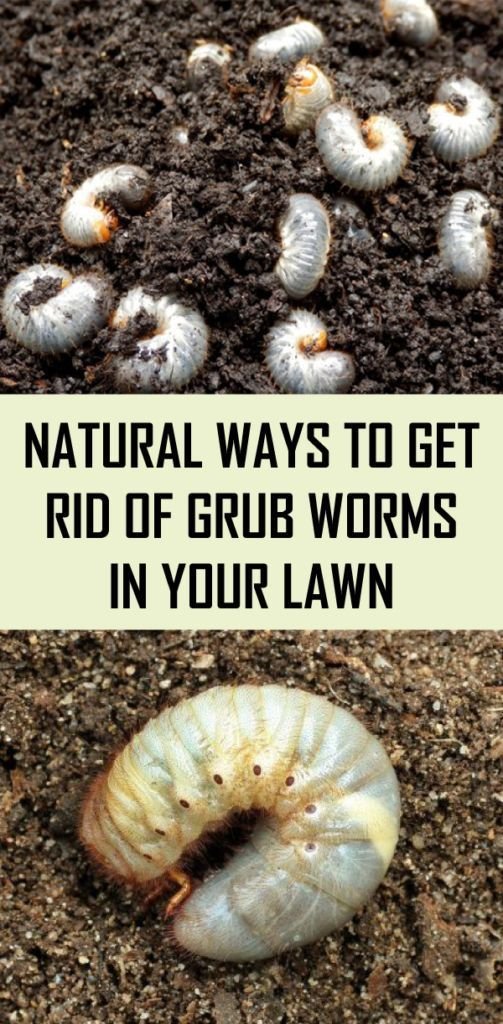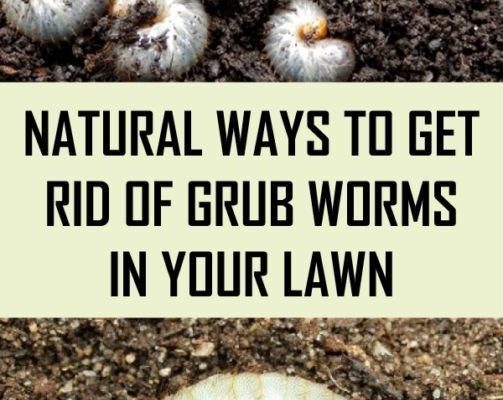
Grubs are the larval stage of various beetles, such as Japanese and June bugs. They live underground and feed on roots, which can lead to wilting or dying plants. The good news? There are effective and safe methods to remove grub worms from your garden soil without resorting to harsh chemicals. Let’s dive into some techniques that will help you protect your plants while keeping your garden healthy and thriving.
Understanding Grub Worms
Before you roll up your sleeves, let’s take a moment to understand what these little buggers really are. Grub worms are off-white, C-shaped larvae that can be found in garden soil. Generally, they’re about 1 inch long and might remind you of tiny, wriggly maggots. Their primary diet consists of roots, which is why they can be problematic for gardeners.
You might be wondering how to figure out if you have a grub problem. If your plants seem unhealthy or are wilting despite regular watering, it could be a sign of lurking grubs. One way to check is by pulling up a small section of your garden soil. If you find grubs, it’s time to take action!
Assessing the Damage
Now that you know what grubs look like, let’s talk about how to assess the damage they might be causing in your garden. Start by looking for signs such as patches of dead grass, wilting plants, or areas in the soil that feel unusually soft. If you see these symptoms, take a closer look at the roots. If they’re chewed or damaged, grubs are likely the culprits.
A simple method to check for grubs is to dig up a small square foot of soil about 4-6 inches deep from affected areas. Count how many grubs you find. If you find more than a few, it might be time to consider removal options.
Natural Methods for Removal
Here’s the thing: you don’t have to rely on chemicals to tackle your grub problem. There are several natural methods that can effectively eliminate them while being safe for your garden ecosystem. One popular method is to introduce beneficial nematodes, which are microscopic worms that parasitize grubs. Simply apply them to your garden, and they’ll work their magic!
Another method is to use diatomaceous earth, a fine powder made from fossilized algae. Sprinkling it on the affected areas can help dehydrate and kill the pests. Just be sure to follow up with watering, as this helps the powder stick to the grubs and increases its effectiveness.
Physical Removal Techniques
If you prefer a hands-on approach, physically removing the grubs can be effective, too. Grab a garden fork or shovel and dig up sections of your soil where you noticed the damage. As you break up the soil, you’ll likely uncover grubs. Make sure to collect and dispose of them far from your garden to prevent them from returning.
Alternatively, you can set traps to catch grubs. A simple method is to create a bait trap using a mixture of soapy water and a little beer. Place shallow containers filled with this mixture in the affected areas. The grubs will be attracted to it and drown in the liquid.
Encouraging Predators
Another great way to combat grubs is to encourage natural predators in your garden. Birds are especially fond of feasting on grubs, so consider attracting them by adding birdhouses or feeding stations. You can also introduce ground beetles, which will help keep the grub population in check.
Here’s a fun tip: planting certain flowers, like marigolds or nasturtiums, can also attract beneficial insects that prey on grubs. This way, your garden becomes a little ecosystem that works together to keep pests at bay.
Timing is Key
When you think about grub removal, timing can play a huge role in how effective your efforts will be. The best time to target grubs is during their peak feeding times, which usually happen in late summer to early fall. Monitoring your garden during these months can help you catch infestations early before they do significant damage.
In spring, grubs begin to emerge and feed on roots, so keeping an eye on your plants then is crucial. If you notice wilting or stunted growth, that’s your cue to investigate further. Taking proactive measures at the right time can save your garden from extensive damage.
Long-Term Prevention Strategies
Once you’ve successfully removed the grubs, it’s essential to think about prevention. Maintaining a healthy garden environment can discourage grubs from returning. Start by ensuring your soil is rich in nutrients. Healthy plants are less likely to fall victim to pests.
Another prevention measure is crop rotation. By regularly changing the plants in your garden, you can disrupt the life cycle of grubs. It’s also wise to remove any fallen leaves or plant debris, as these can harbor pests.
Lastly, consider using barriers like row covers to protect young plants from adult beetles that lay eggs in the soil. Think of this approach as building a sturdy fence around your garden; it keeps unwanted guests out.
Removing grub worms from your garden soil is definitely manageable with the right approach. From natural treatments to physical removal techniques, you have plenty of options to keep your garden healthy. Embracing predator species and staying proactive with your garden care will not only help eliminate grubs but also foster a vibrant ecosystem that supports your plants.
So, the next time you find yourself facing grub worms, remember that with a little patience and the right strategies, you can reclaim your garden and keep it flourishing. Happy gardening!

